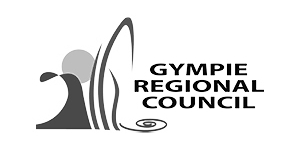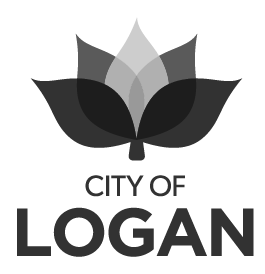The Future of Bowls Clubs
Chris Kenward
What does the future hold for the 280 or so bowls clubs currently operating in Queensland? Confronted by declining memberships, increasing maintenance costs and ageing volunteers, many face a perfect storm. Add in the impacts of coronavirus restrictions and it is easy to see that, for many bowls clubs, their very survival is at risk.
Having worked closely with several bowls clubs in the last 12 months, it is possible to identify some of the essential steps that bowls clubs need to take to confront these challenges and secure their futures.
First and foremost is recognising that things cannot carry on as they are. Change or die are the stark choices facing many clubs. The old business model of bowls clubs was based on bowling – with a large membership who had a game of bowls, a drink or two, and a meal. Their large membership used to provide sufficient revenue for the club to tick over. The bowls clubs that are successful today have realised that this model needs to be reversed. They have transformed themselves into social venues where the local community enjoy the opportunity to meet for a drink and something to eat, thereby generating sufficient funds to allow the bowlers to continue to enjoy their game.
I know of several bowls clubs who have around 30 regular bowlers paying green fees and a modest annual membership (most of which is not retained by the club but passed on to Bowls Queensland). The club will receive around $25,000 per annum from these bowlers yet will pay around $45,000 per annum just to maintain the club’s bowling greens – that’s before they have turned on a tap or switched on a light or paid insurance or any one of countless other running costs. It is clear that the “user pays” model is redundant and other sources of revenue are essential.
These sources of revenue lead us to the second essential step – this revenue must come from non-bowlers. Bowls clubs must become outward facing and actively welcome their local communities. Economic surveys consistently show that the 20-40 year old age group are the biggest spenders on social activities, so bowls clubs need to develop strategies to attract this demographic. Barefoot bowls can be a great start but what else can clubs offer to this age group? What events can they offer that will attract young families and singles in – events that build upon the established reputation that bowls clubs have for providing good value meals and reasonably priced drinks?
Some clubs are successfully using a combination of entertainment for the kids – jumping castles, hired entertainers, mini bowls games along with live music, themed food nights or food trucks to keep the adults coming. Other ways to engage their communities can be through inviting local groups to meet at the bowls club, partnering with other sports clubs, or hosting fairs or markets.
The transition from the old business model to the new takes vision and energy. It takes a commitment from the existing membership to embrace change rather than cling ever tighter to what they are familiar with. Those that are unable to do this are likely to join the list of clubs that have closed in recent times, but as many local examples testify, for those that can embrace these changes the future can be bright.




























